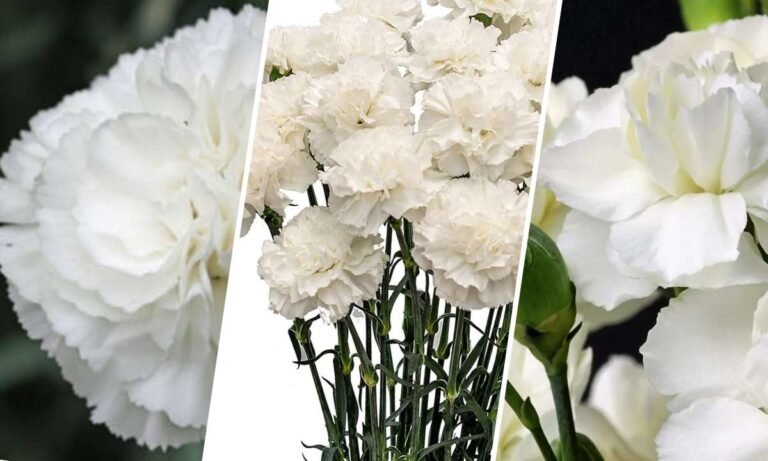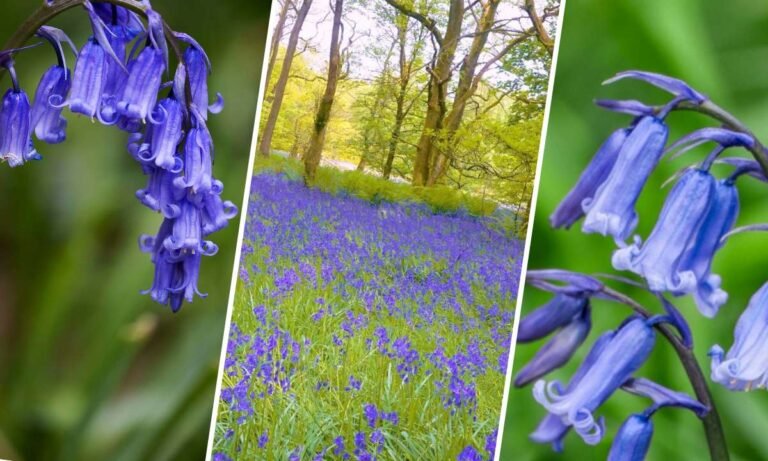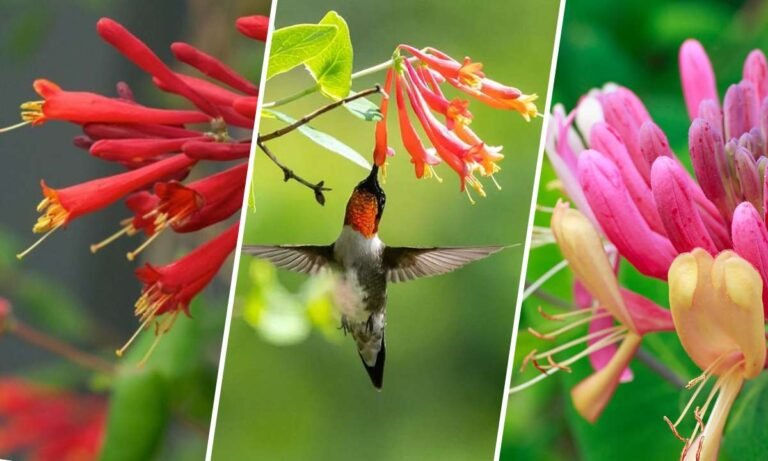The purple hyacinth flower, known for its vibrant color and delightful fragrance, carries significant meanings across different cultures and historical periods. This elegant bloom, characterized by its clustered petals and sweet scent, has captured the admiration of flower lovers and poets alike. In this detailed exploration, we delve into the rich symbolism, historical origins, and cultural importance of the purple hyacinth flower.
Origins and Name
The name “hyacinth” originates from Greek mythology, where it was believed to have bloomed from the blood of Hyacinthus, beloved by Apollo. The botanical name, Hyacinthus orientalis, reflects its origins in the Eastern Mediterranean and its popularity in gardens and floral arrangements.
Symbolic Meanings
Sorrow and Regret: The purple hyacinth is often linked with sorrow and regret, stemming from the myth of Apollo mourning Hyacinthus. It is commonly used in funerals and memorials to express deep sadness and mourning.
Compassion: Beyond grief, the purple hyacinth symbolizes deep compassion and understanding. Its vibrant color and delicate petals convey empathy, making it a meaningful choice to express condolences and sympathy.
Growth and Rebirth: Some interpretations see the purple hyacinth as a symbol of growth and renewal. Its vibrant blooms emerging each spring signify new beginnings and the cyclical nature of life, offering hope during difficult times.
Historical Significance
Ancient Greece: In ancient Greek culture, the purple hyacinth was revered for its association with Apollo and the story of Hyacinthus. It was depicted in art and literature as a symbol of tragic love and divine sorrow, influencing its use in rituals and ceremonies.
Victorian Era: During the Victorian era, the language of flowers became popular, and the purple hyacinth was used to convey deep regret and seek forgiveness discreetly. It played a role in communicating complex emotions through floral arrangements.
Varieties and Meanings
Grape Hyacinth (Muscari): Resembling grapes, the grape hyacinth symbolizes sincerity and heartfelt emotions, often used to express gratitude and appreciation.
White Hyacinth: White hyacinths symbolize purity and innocence, making them ideal for weddings and christenings, adding an element of elegance and grace to floral displays.
Art and Literature The purple hyacinth has inspired poets and artists across history, celebrated in poems and paintings as a symbol of love, loss, and the complexities of human emotions.
Cultural Significance
Western Culture: In the West, the purple hyacinth is associated with mourning and paying respects to the deceased. It is commonly included in funeral wreaths and sympathy bouquets to honor the departed.
Eastern Culture: In Eastern cultures, the purple hyacinth symbolizes peace and tranquility. Its soothing fragrance and graceful appearance make it popular for meditation and spiritual practices, promoting emotional balance and inner harmony.
Growing and Caring for Purple Hyacinths
Planting: Purple hyacinths thrive in well-drained soil and prefer full sun to partial shade. Plant bulbs in the fall for beautiful spring blooms, ensuring proper spacing for healthy growth.
Care: Regular watering, especially during dry spells, and balanced fertilization promote robust growth. Removing spent blooms encourages new flowers and maintains the plant’s appearance throughout the growing season.
Conclusion
The purple hyacinth flower, with its deep symbolism and timeless allure, continues to captivate hearts and inspire. Whether conveying sorrow, compassion, or hope, this exquisite bloom holds a cherished place in gardens, ceremonies, and artistic expressions worldwide.





